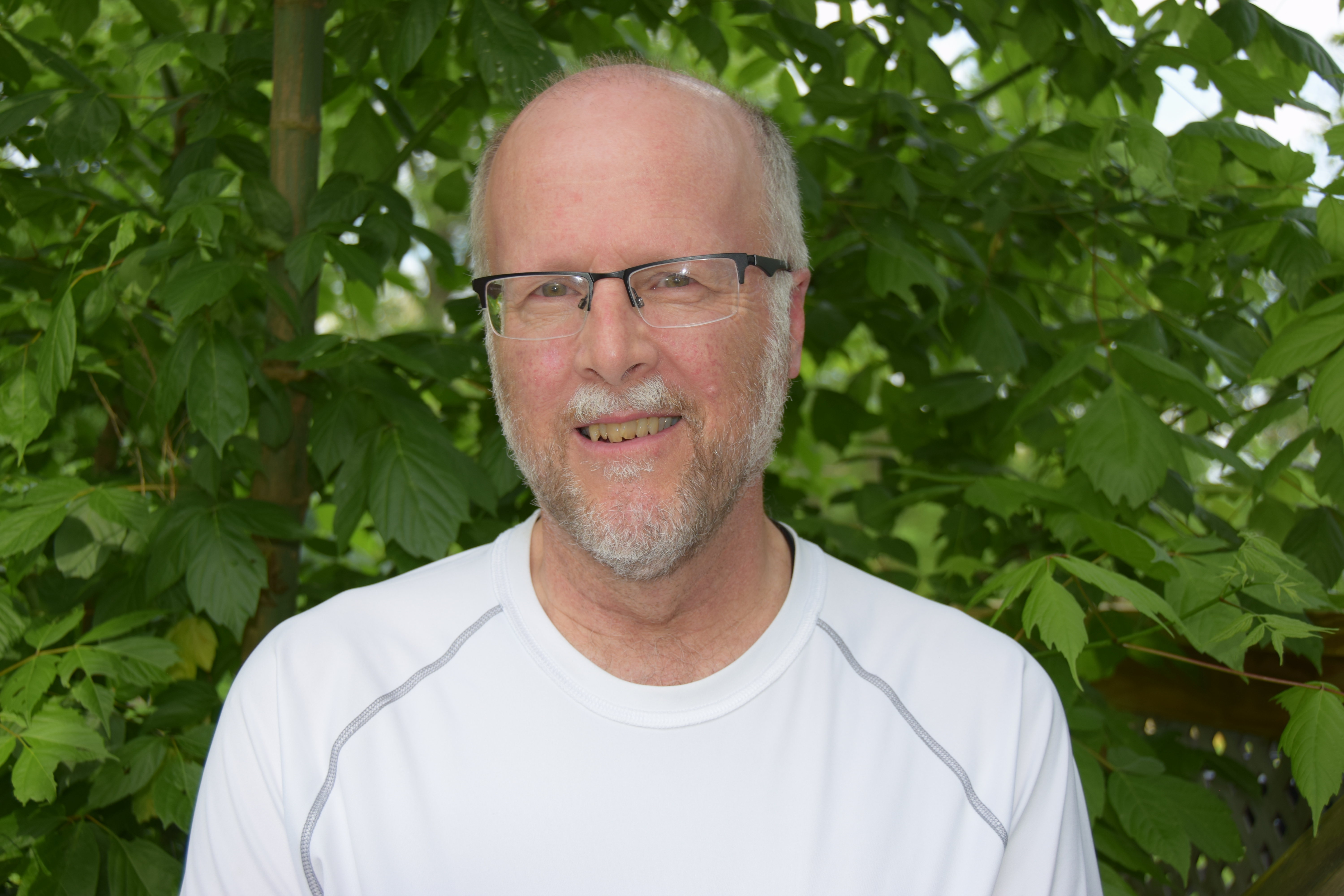Hacksaw Ridge
A heroic pacifist in battle
It’s rare for a Hollywood film to portray pacifism. Gandhi (1982), The Mission (1986), and 2014’s Selma, among others, have depicted stories of real pacifists. While our culture produces many stories of war heroes or vigilante justice, we can’t seem to imagine pacifist actions. For that we rely on true stories.
These intrusions don’t detract from the powerful story. Doss’s actions are indisputably heroic, and the film ends with portions of interviews with the real Doss, who died in 2006.
Now we have another true story of a pacifist displaying great courage. Hacksaw Ridge (R) is based on the story of Desmond T. Doss, a Seventh-day Adventist who enlisted in the army during World War II.
He suffered harassment from fellow soldiers and superiors and faced an attempted court-martial before winning the right to serve as a medic and not carry a gun. Then, during the Battle of Okinawa, on Hacksaw Ridge, he risked his life under fire and rescued 75 wounded men, lowering many of them from the top of a cliff with a rope. He was wounded as well and later became the first conscientious objector in American history to be awarded the Medal of Honor.
Hacksaw Ridge is directed by Mel Gibson, and his fingerprints show in the film. As in Braveheart and The Passion of the Christ, we are exposed to grisly, bloody images. The R rating is for intense, prolonged, realistically graphic sequences of war violence.
Okay, war is violent and hellish, but the camera lingers on such scenes as rats eating the entrails of a dead soldier.
Gibson also tends to see suffering as (at least potentially) sacred. So he shows water being poured over Doss after the battle, with blood and light streaming from him, an obvious symbol of baptism. And when Doss is lowered from the cliff in a stretcher, the music swells, and he seems to fly, with the heavens behind him.
But these intrusions don’t detract from the powerful story told here. Doss’s actions are indisputably heroic, and the film ends with portions of interviews with the real Doss, who died in 2006, and with a fellow soldier who once harassed Doss and whom Doss later rescued from the battlefield.
In films like this, viewers often wonder how close it comes to the real story. A more accurate account can be found in the 2004 documentary The Conscientious Objector and in the book Desmond Doss: Conscientious Objector by Frances M. Doss.
While Doss grew up in a devout Seventh-day Adventist home, that’s just not dramatic enough for a feature film. So in Hacksaw Ridge the father is a World War I veteran who is an alcoholic and is abusive.
Another interesting difference—if it even is a difference—concerns the number of men Doss rescued from the battlefield on Hacksaw Ridge. His fellow soldiers thought it was 100, while Doss, ever the one to downplay his own achievements, said it was only 50. I suppose, for official records, they split the difference and said 75.
Hacksaw Ridge is welcome, however, for telling this riveting and important story. The film is clear about Doss’s conviction not to kill and his being a Seventh-day Adventist, something you don’t find in many movies.
Other pacifists may quibble with Doss’s conviction that he needed to join the army in its fight against the Axis powers, even though he did so as a noncombatant. He felt it was his patriotic duty.
Another quibble is that this story focuses on an individual. Yet his convictions grew out of a community. The film gives us barely a glimpse of that community.
Quibbles aside, I’m glad this story is being told to a wider audience. But viewers should be prepared for the violence.




